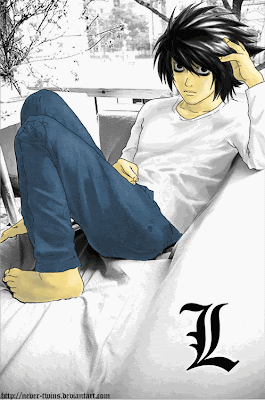
The Girl Who Leapt Through Time is an animated Japanese film produced by the animation studio Madhouse and distributed through Kadokawa Herald Pictures, first released in theatres in Japan on July 15, 2006. The film was later released on DVD on April 20, 2007 in Japan in regular and limited editions. A German RC2 DVD (with German and Japanese dub and German and Polish subtitles) was released on September 24, 2007 by Anime Virtual/AV Visionen. A manga story, set as a prelude to the film, was serialized in Kadokawa Shoten's Shōnen Ace manga magazine between April 26, 2006 and June 26, 2006; the chapters were later collected into a single bound volume which went on sale on July 26, 2006.
On December 9, 2007 Bandai Entertainment announced that the anime film will be released as a region 1 DVD. Bandai Entertainment, who had very recently obtained the North American distributing rights to the film said in a New York press conference that they are also considering releasing the film in limited release in selected theaters in Los Angeles, New York, and possibly other locations. Bandai Entertainment did not specify whether or not they will release the film dubbed or subbed for American viewers, though they are considering both options.
Tsutsui Yasutaka's novel, Toki o Kakeru Shōjo (unofficial translation: The Little Girl Who Conquered Time) is the basis of the film, but the film is not a movie version of the book. Instead, the film is set as a continuation of the book in the same setting some twenty years later. Tsutsui Yasutaka praised the film as being "a true second-generation" of his book at the Tokyo International Anime Fair on March 24, 2006.

